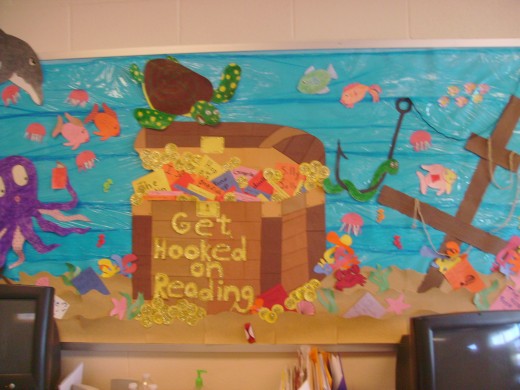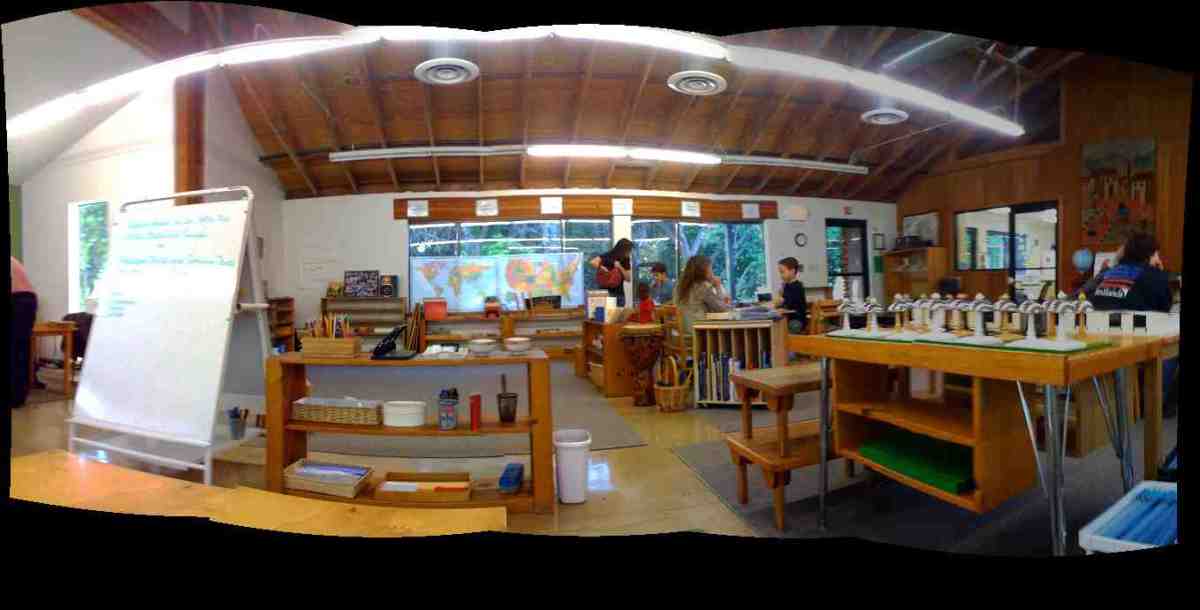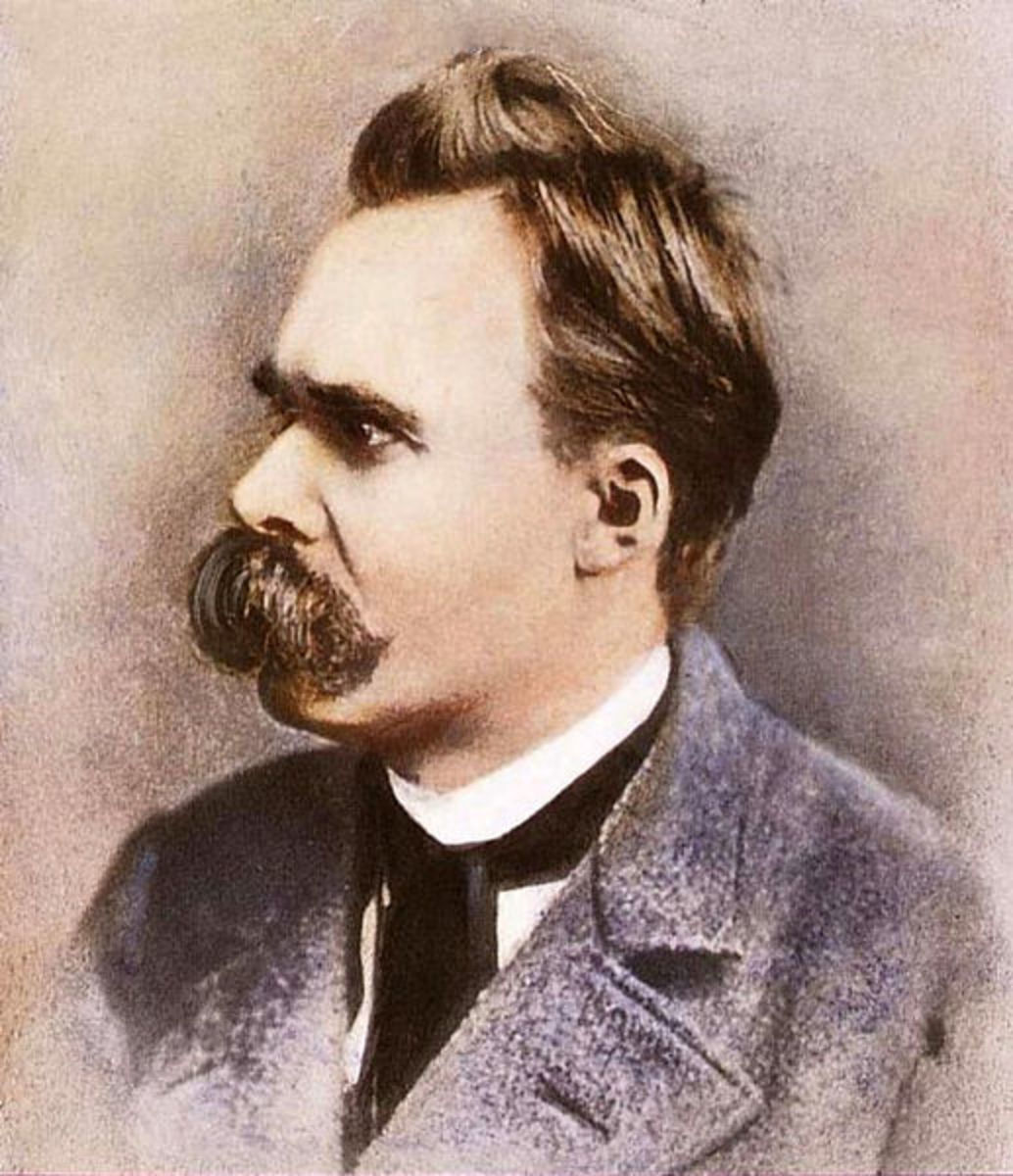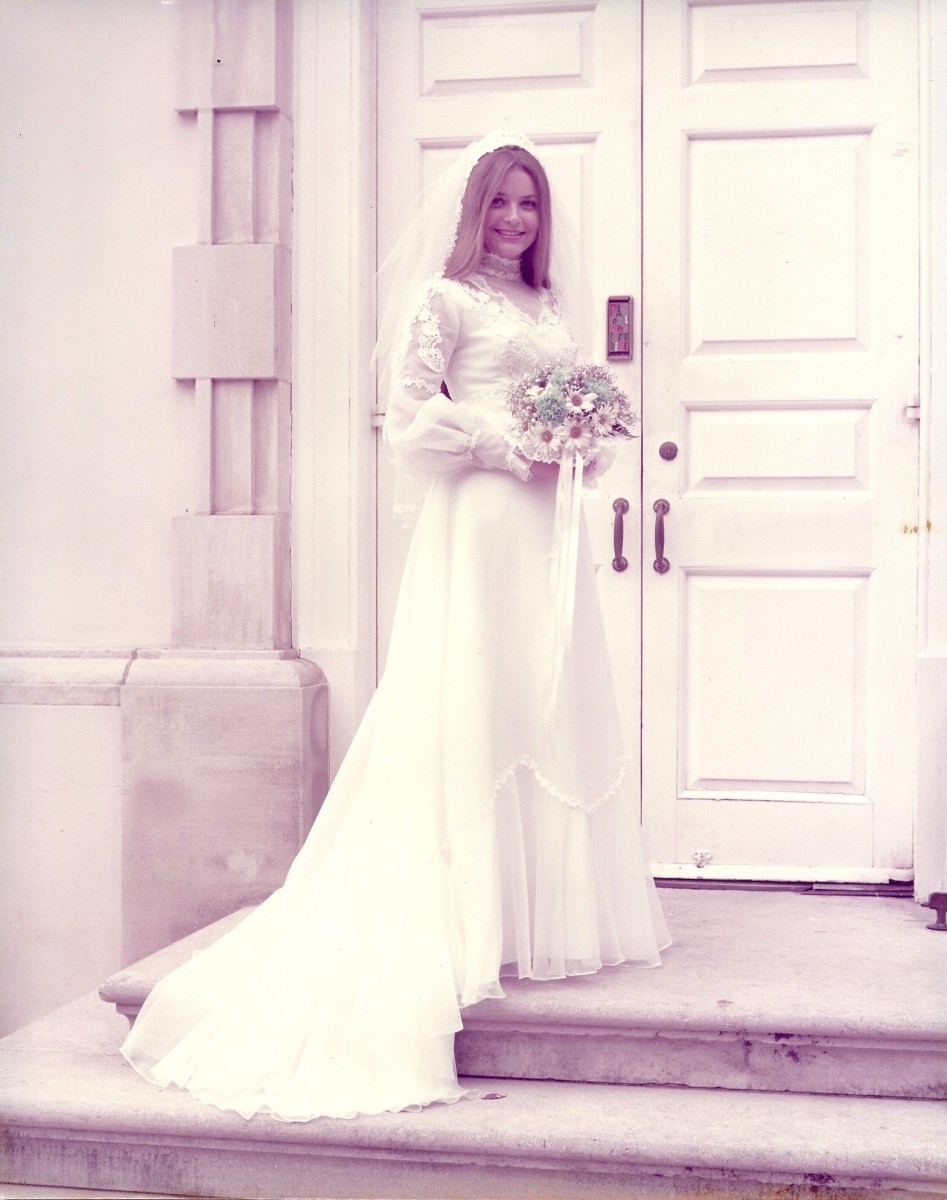Philosophy of Education Katelynn Hamilton

Education is not preparation for life; education is life itself. ~John Dewey
My principle belief as an educator is that every child has a right to a complete education regardless of sex, race, class or any other classification. A complete education is one that fosters the growth of the child intellectually, emotionally, physically and socially. Providing your students with a safe environment, not only in physical terms but, also where the student is not afraid to take risks, explore, be curious and ask questions. I believe that it would be narrow-minded to align my beliefs to just one theorist. I believe that is best not only for you but for your students for you to draw your philosophy of education from many philosophers and theorist. Then to build a classroom environment that works best for you and your students.
If someone were to visit my classroom you would see a balance. I think balance is important. There would be class work of the children on the walls but, not excessive. There would be reminders for letters, numbers, words and rules on the wall but, not too many. There would not be too much to distract the students. I would want each area to be inviting. If it is a science or math area I want to invite students to explore, be curious and problem solve. If it is an area for reading, I want it to be comfortable and an area for them to relax and imagine. If it is an area for art and music I want it to be a place for them to explore their creativity. The classroom should be set up to invite the student to learn without the aid of a teacher. In some instances it is important for the teacher to direct a lesson. This should not be your only consideration in the classroom set up. I would say that I would align myself with Maria Montessori for this part of my own philosophy of education. Montessori Method was to create a prepared environment for the students to learn from. She believed that the student would learn through the interaction with the environment and their own reflection (EBSCO, 2008). I do not agree with the Montessori Method that each material has its own specific purpose. Instead students should explore their materials and learn from those interactions.
One would see students exploring the concepts I am trying to teach to them. I do not believe that students should be told what they should know. The curriculum should be in alignment with state curriculum standards but, it is not human nature to learn through being told. Instead it needs to be introduced to students in a way that they will create their own understanding. Two philosophers that I have learned this from in my studies would be Howard Gardener and Jean Piaget. Howard Gardener theory of multiple intelligences has always been a part of my lesson planning from the moment I learned about him. He says that there are seven intelligences. They are mathematical/ logical, linguistic, musical, kinesthetic, spatial, interpersonal and intrapersonal. There has also been talk that there are others, including naturalistic and spiritual. Each individual young and old learn best from tuning into their intelligences (Smith, 2008). This means that for some students telling them how something works may be the best way for them to learn a concept. Then for others this is not only grueling but pointless. You have to teach your students to the variety of intelligences in your class. Using music or get your students up and moving, use visuals for your students. Education is geared for students who learn logically and linguistically. It needs to be tailored for your individual student.
Special adaptations should be incorporated for each individual student. This would include my students identified with special needs as well as general education students. Adaptations should be made to the environment, the materials and your style of teaching based on each individual child. This should be done for students that are advanced so that they do not become bored and for students who may need extra support, so they do not struggle and give up.
You would also see students working together. I believe that students can learn so much from one another. They are not only learning important social skills but, they are learning different things from one another. Even if a one child has mastered the skill they are working on they are learning how to communicate it to another. This aligns with the theories of Albert Bandura. Bandura says that “most human behavior is learned observationally through modeling: from observing others one forms an idea of how new behaviors are performed, and on later occasions this coded information serves as a guide for action (Kearsely, 2011, p. 1)." Bandura is say that we learn through observing others. Then when we have to do the objective on our own we remember that interaction and able to act on it based on our social experience.
The classroom would be filled with materials that students would use to create their own understanding. It is not the teacher’s role to tell. Instead a teacher needs to give students the materials, manipulative and tools. Instead of telling students this is a tadpole and it turns into a frog with a picture. Bring in tadpoles or go to a pond nearby and show them the life cycle of a frog. Have the student learn math by having a class store. Provide meaningful writing experiences like writing to an author, or creating a class/ school newspaper. This is what I have learned from my studies of Jean Piaget. Piaget said that children build mental maps, schemes or networked concepts for understanding and responding to physical experiences within their environment. He also said that the material should be in an accessible location for the student. Piaget believed that learning was not passive but, active. He believed that students should be able to use hands-on age appropriate materials to gain understanding of their world around them. (The Regents of the University of California, 2010). This is the type of environment and materials one would see walking into my classroom.
A would align my teaching style with that of a gardener. A teacher gets new “seedlings” each year. Like a good gardener caring for their plants, the teacher is there to give them what they need and provide support. The gardener gives their plant water and make sure they have sunlight. It is still the plant that does the process of growth but, without the gardener it would be much harder and their chances of growing to their full potential are lessened. A teacher provides the lessons and the environment but, the child does the learning. Like a plant the child can learn without the teacher making sure they have the right environment but, the chances of them thriving is more likely then without the help. The gardener tailors their gardening style. Do my plants have enough water, do they need less sunlight, is the soil suitable? Each plant is different like a child. A teacher like the gardener tailors their teaching to each student. Then at the end you are able to not only reflect on what you will do next year with your new “seedlings” but, you are able to enjoy the beauty of seeing them grow and what they have become.
My classroom would be a community of students working together and supporting one another. It would be an environment that is comfortable. My students would feel like they could ask questions and share with the class. I would meet my student’s needs. As a teacher you can not be a superhuman and make every child’s life perfect but, you can make a classroom a place they want to be. Make the students feel like it is a second home. This is one of the most important things when creating a classroom to me. Make sure every child’s need is met and that each child is reflected in the classroom. This I have taken from my studies of the theorist Abraham Maslow. Maslow said that in human nature there are things that a child need before they are able to learn and be secure with themselves. There is the most basic; the first level which say that a person need food, water, air, and shelter. Next, a person needs a sense of safety and security. Then, a person needs the felling or sense of belongingness. Finally, a person is able to gain self-esteem, be creative, and have a sense of self actualization (WGBH, 1998). Without the first three levels it is unfair to expect a child to try and focus on school. If a child does not have food or is worried about where they will sleep that night, they will be less likely to focus on a lesson. If a child does not feel safe at home or at school because of abuse at home or a bully in school they are not going to focus on the task at hand. If they do not feel like they belong in the classroom they are not going to ask a question or share an answer they have with the class.
I also strongly believe that the student is a much larger entity than just themselves. They are a part of a family, which is connected to the community and their individual culture. I would align myself with the theorist Urie Brofenbrenner’s ecological theory. Brofenbrenner said that “a child’s development [is] within the context of the system of relationships that form his or her environment. Bronfenbrenner’s theory defines complex “layers” of environment, each having an effect on a child’s development.” (Paquette, & Ryan, 2001, p’s. 23-35) It is important to incorporate families and the community in the classroom. I would have as many parents come in as possible. Every parent can do something, if they don’t have transportation have them do something for the classroom from home. Let the child be able to say my family is a part of this classroom and this school, too.
As you can see from my philosophy I cannot just align myself with just a few theorists. I
believe that a well rounded teacher pulls her beliefs of education from
many different theorist and techniques they have seen and learned along
the way. I believe that every child has the right and the
ability to learn at their own rate with the right guidance of a
high-quality teacher. I feel that my studies and experiences in the field have guided me to believe this to be true.
Reference
EBSCO. (2008). The montessori method. Retrieved from http://www.williamsburgmontessori.org/wp-content/uploads/2010/08/The_Montessori_Method.pdf
Kear
Paqu
Paquette, D., & Ryan, J. (2001, July 21). Bronfenbrenner’s ecological systems theory. Retrieved from Smith, M. (2008).
The
Smith
WGB
WGBH. (1998). People and discoveries: Abraham Maslow. Retrieved from http://www.pbs.org/wgbh/aso/databank/entries/bhmasl.html
Smith, M. (2008). Howard gardener: multiple intelligences and education. Retrieved from http://www.infed.org/thinkers/gardner.htm
The Regents of the University of California. (2010). Theories of learning Jean Piaget. Retrieved from http://gsi.berkeley.edu/teachingguide/theories/piaget.htm
Kearsley , G. (2011). Social learning theory (A. Bandura). Retrieved from http://tip.psychology.org/bandura.html








